Description
ZINACEF 750MG INJECTION
Indications / Uses :
Tablet: Cefuroxime axetil (Zinacef) is an oral prodrug of the bactericidal cephalosporin antibiotic cefuroxime, which is resistant to most ? (beta)-lactamases and is active against a wide range of Gram-positive and Gram-negative organisms.
It is indicated for the treatment of infections caused by susceptible bacteria. Susceptibility to Cefuroxime axetil (Zinacef) will vary with geography and time and local susceptibility data should be consulted where available (see Pharmacology: Pharmacodynamics under Actions).
Indications include: Upper respiratory tract infections for example, ear, nose and throat infections, such as otitis media, sinusitis, tonsillitis and pharyngitis. Lower respiratory tract infections for example, pneumonia, acute bronchitis, and acute exacerbations of chronic bronchitis. Genito-urinary tract infections for example, pyelonephritis, cystitis and urethritis. Skin and soft tissue infections for example, furunculosis, pyoderma and impetigo. Gonorrhoea, acute uncomplicated gonococcal urethritis, and cervicitis. Treatment of early Lyme disease and subsequent prevention of late Lyme disease in adults and children over 12 years old.
Cefuroxime is also available as the sodium salt (Zinacef) for parenteral administration. This permits the use of sequential therapy with the same antibiotic, when a change from parenteral to oral therapy is clinically indicated.
Where appropriate Cefuroxime axetil (Zinacef) is effective when used following initial parenteral cefuroxime sodium (Zinacef) in the treatment of pneumonia and acute exacerbations of chronic bronchitis.
Injection: Cefuroxime (as sodium) (Zinacef) is a bactericidal cephalosporin antibiotic which is resistant to most beta-lactamases and is active against a wide range of Gram-positive and Gram-negative organisms.
It is indicated for the treatment of infections before the infecting organism has been identified or when caused by sensitive bacteria. Susceptibility to Cefuroxime (as sodium) (Zinacef) will vary with geography and time and local susceptibility data should be consulted where available (see Pharmacology: Pharmacodynamics under Actions).
Indications include: Respiratory tract infections for example, acute and chronic bronchitis, infected bronchiectasis, bacterial pneumonia, lung abscess and post-operative chest infections. Ear, nose and throat infections for example, sinusitis, tonsillitis, pharyngitis and otitis media. Urinary tract infections for example, acute and chronic pyelonephritis, cystitis and asymptomatic bacteriuria. Soft-tissue infections for example, cellulitis, erysipelas and wound infections. Bone and joint infections for example, osteomyelitis and septic arthritis. Obstetric and gynaecological infections, pelvic inflammatory diseases. Gonorrhoea particularly when penicillin is unsuitable. Other infections including septicaemia, meningitis and peritonitis. Prophylaxis against infection in abdominal, pelvic, orthopaedic, cardiac, pulmonary, oesophageal and vascular surgery where there is increased risk from infection.
Usually Cefuroxime (as sodium) (Zinacef) will be effective alone, but when appropriate it may be used in combination with an aminoglycoside antibiotic, or in conjunction with metronidazole (orally or by suppository or injection), especially for prophylaxis in colonic or gynaecological surgery.
Where appropriate Cefuroxime (as sodium) (Zinacef) is effective when used prior to oral therapy with Cefuroxime (as axetil) (Zinnat) in the treatment of pneumonia and acute exacerbations of chronic bronchitis.
Administration :
Should be taken with food: Take after food for optimum absorption. Do not crush.
Contraindications :
Hypersensitivity to cephalosporin antibiotics.
Special Precautions :
Special care is indicated in patients who have experienced an allergic reaction to penicillins or other ?-lactams.
As with other antibiotics, use of cefuroxime may result in the overgrowth of Candida. Prolonged use may also result in the overgrowth of other nonsusceptible organisms (eg, enterococci and Clostridium difficile), which may require interruption of treatment.
Pseudomembranous colitis has been reported with the use of antibiotics and may range in severity from mild to life-threatening. Therefore, it is important to consider its diagnosis in patients who develop diarrhea during or after antibiotic use. If prolonged or significant diarrhea occurs or the patient experiences abdominal cramps, treatment should be discontinued immediately and the patient investigated further.
With a sequential therapy regime the timing of change to oral therapy is determined by severity of the infection, clinical status of the patient and susceptibility of the pathogens involved. If there is no clinical improvement within 72 hours, then the parenteral course of treatment must be continued.
Please refer to the relevant prescribing information of cefuroxime axetil and cefuroxime sodium before initiating sequential therapy.
Tablet: The Jarisch-Herxheimer reaction has been seen following cefuroxime axetil treatment of Lyme disease. It results directly from the bactericidal activity of cefuroxime axetil on the causative organism of Lyme disease, the spirochete Borrelia burgdorferi. Patients should be reassured that this is a common and usually self-limiting consequence of antibiotic treatment of Lyme disease.
Injection: Cephalosporin antibiotics at high dosage should be given with caution to patients receiving concurrent treatment with potent diuretics eg, furosemide or aminoglycosides, as renal impairment has been reported with these combinations. Renal function should be monitored in these patients, the elderly and those with preexisting renal impairment (see Dosage & Administration).
As with other therapeutic regimens used in the treatment of meningitis, mild to moderate hearing loss has been reported in a few pediatric patients treated with cefuroxime sodium. Persistence of positive cerebrospinal cultures of Haemophilus influenzae at 18-36 hours has also been noted with cefuroxime sodium injection, as well as with other antibiotic therapies; however, the clinical relevance of this is unknown.
Effects on the Ability to Drive or Operate Machinery: Tablet: As cefuroxime axetil may cause dizziness, patients should be warned to be cautious when driving or operating machinery.
Injection: None reported.

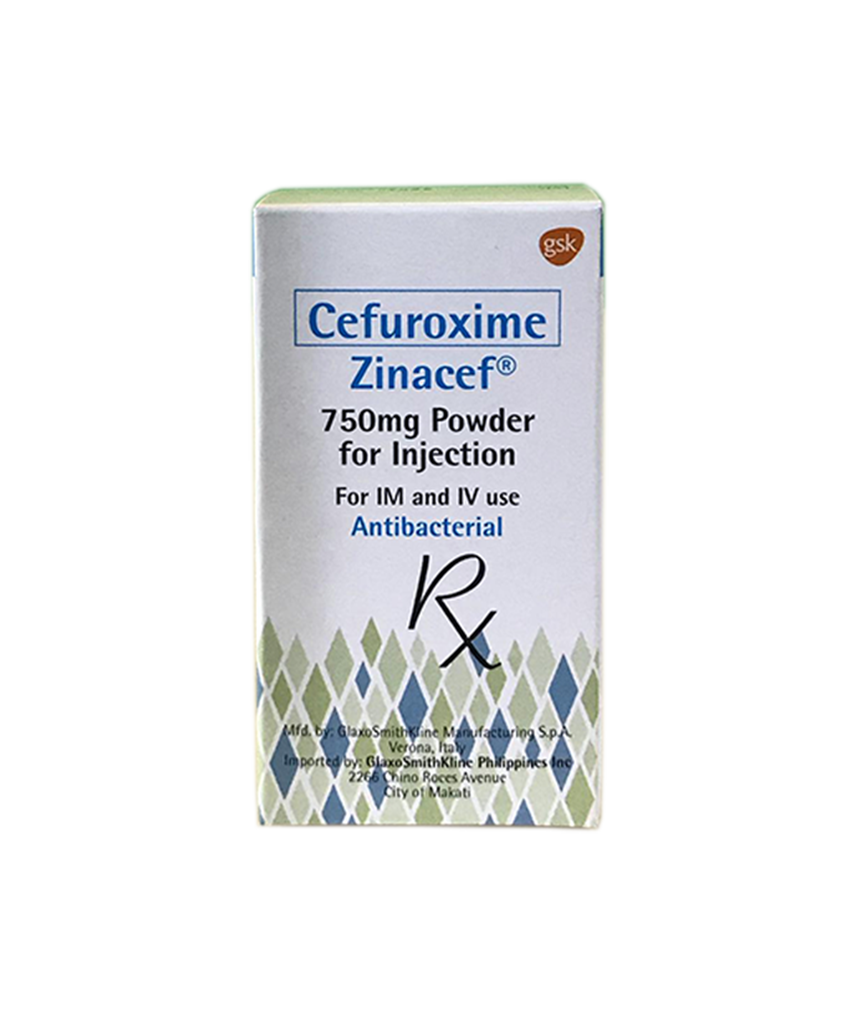
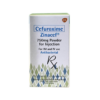
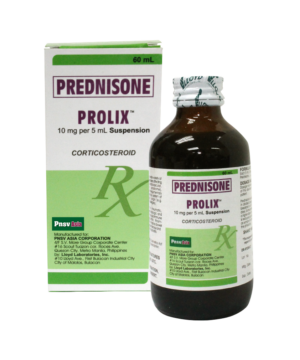
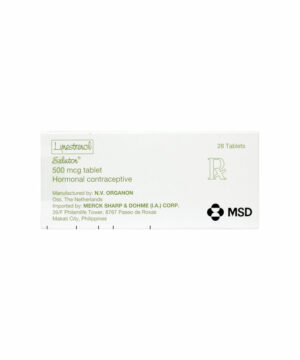
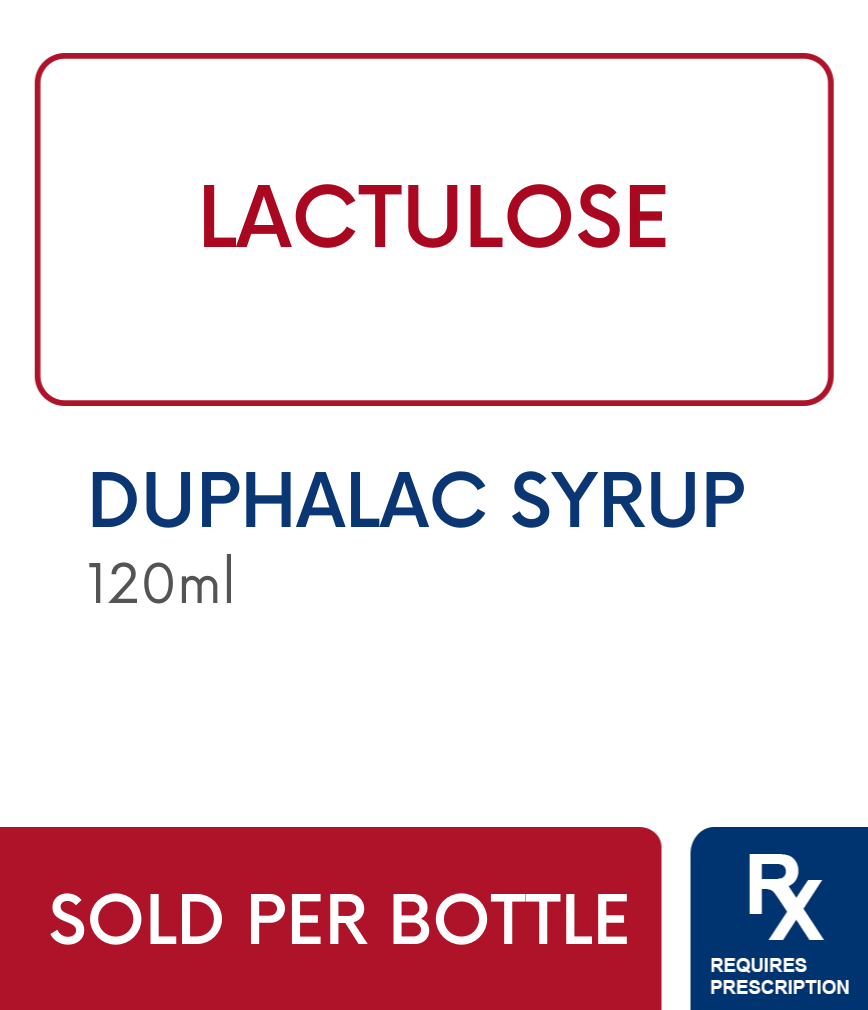
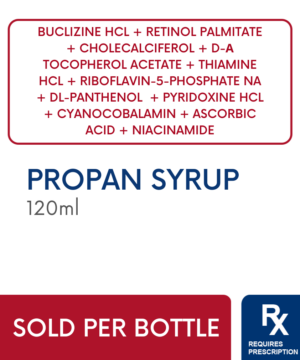
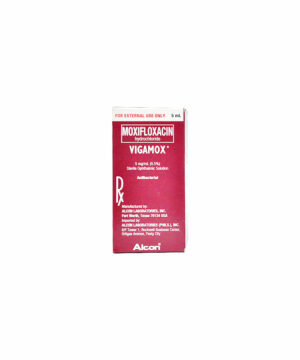
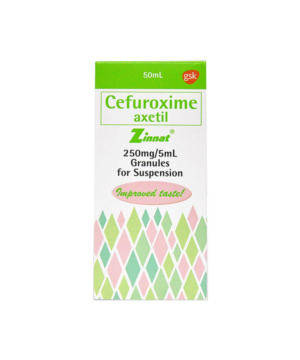
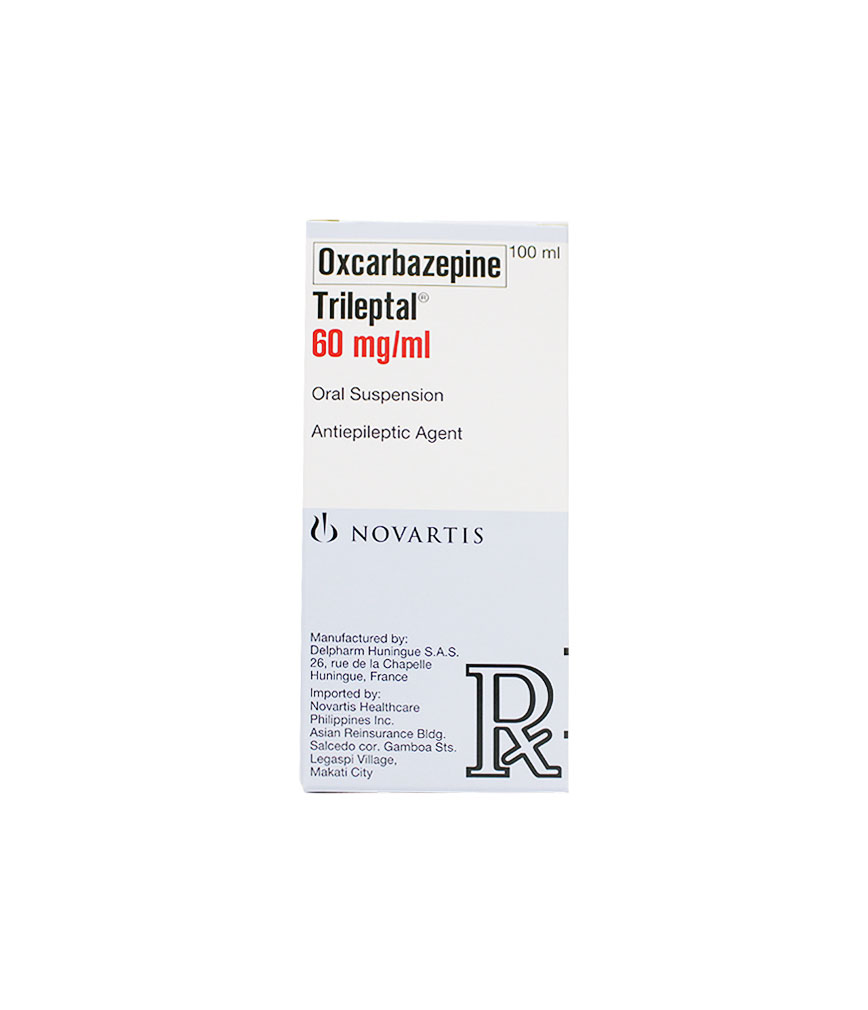




Reviews
There are no reviews yet.